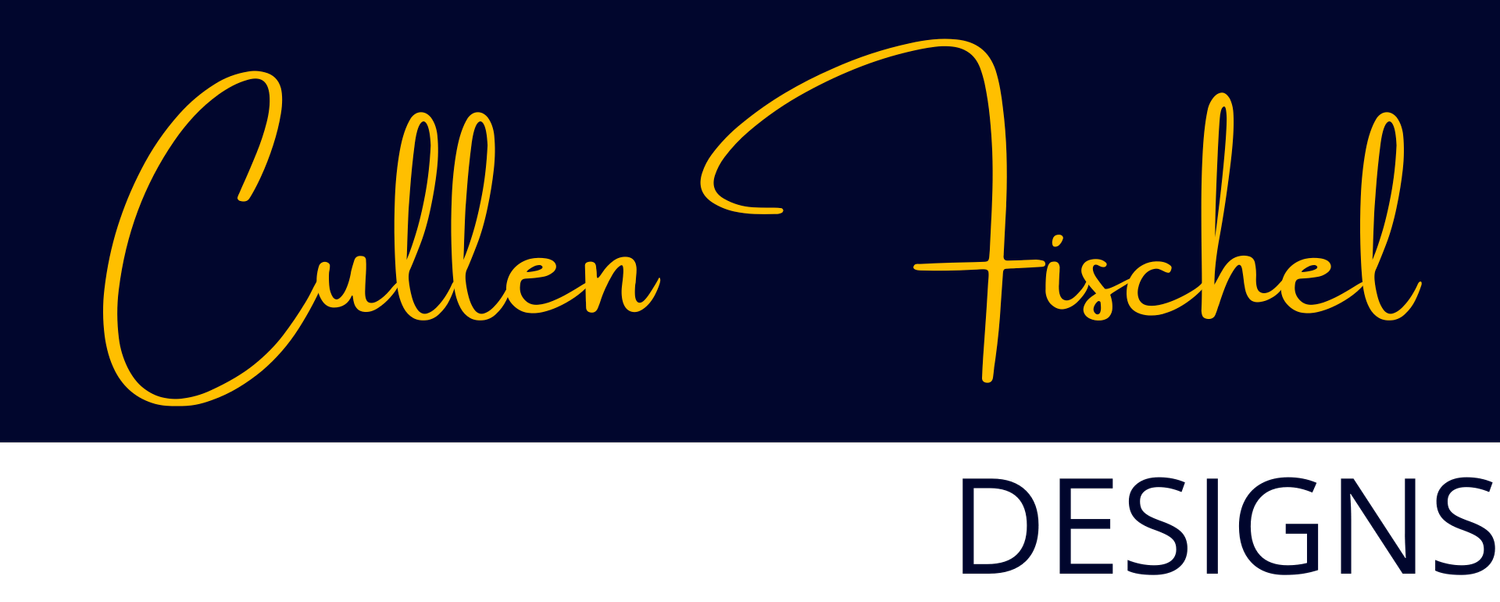The Fundamentals of Web Design: A Comprehensive Guide by Cullen Fischel
The Fundamentals of Web Design: A Comprehensive Guide by Cullen Fischel
In this comprehensive guide, we’ll dive into the fundamentals of web design. We explore core principles like consistency, simplicity, accessibility, and responsiveness, which are crucial for creating effective, user-friendly websites. We’ll also cover essential elements of design, including typography, color, images, and layout, and highlight the benefits of using website builders. Keeping up with evolving web design trends is underscored as an imperative for ensuring a website's competitiveness.
Cullen Fischel | JUNE 4, 2023 | 5 min. read
5 minute read
By Cullen Fischel, website designer
Key Takeaways
Grasping the core principles of web design helps create effective, user-friendly websites.
Consistency, simplicity, accessibility, and responsiveness are key design principles for optimal user experience.
Typography, color, images, and layout make up the essential elements of web design.
Website builders like Squarespace simplify web design processes.
Staying informed about the latest web design trends ensures your website's relevance and competitiveness.
Web design is a complex art, combining creativity and functionality. It involves crafting a visually pleasing website that operates smoothly across various devices and platforms.
I intend to provide a comprehensive guide to the fundamentals of web design.
The Principles of Web Design
Understanding and applying the core principles of web design is key to producing a successful website. These principles ensure your website is visually compelling, user-friendly, and effective.
Consistency
Consistency in web design pertains to maintaining uniformity in all visual elements across your website. Fonts, colors, button styles, sizing, heading sizes, and design elements should all match. Uniformity streamlines the browsing experience, reinforcing brand identity and helping visitors navigate your site more intuitively.
Simplicity
Overcomplicating your website with excessive elements can confuse visitors and impede navigation. A clean, minimalist design approach that focuses on essential elements leads to a more user-friendly interface. Simplicity doesn't mean sacrificing style – it's about prioritizing function and usability without unnecessary distractions.
Accessibility
Web accessibility ensures your website is usable by everyone, regardless of ability. From suitable color contrast and clear fonts to keyboard navigation and screen reader compatibility, incorporating accessibility principles boosts inclusivity. It opens up your site to a broader audience and aids in compliance with legislation like the Americans with Disabilities Act (ADA).
Responsiveness
In today's digital landscape, your website needs to function flawlessly across all screen sizes. Responsive design, a standard principle in modern web design, ensures your site adjusts its layout based on the device's screen size and resolution. It enhances user experience and improves your site's SEO, as search engines favor mobile-friendly websites.
The Elements of Web Design
Typography
Typography plays a significant role in both the aesthetic appeal and user experience of your website. It's about much more than choosing a font; it impacts readability, mood, and even the perception of your brand. Considerations like font size, line length and height, spacing, and color can enhance legibility and convey your brand identity.
Color
Color can elicit emotions and provoke actions. It can attract attention, guide actions, influence mood, and even spur physiological responses. Choosing the right color scheme can greatly impact your site's effectiveness. Additionally, consider color contrast for readability and accessibility.
Images
Strategically placed, high-quality images can significantly enhance the look and feel of a website. Images can grab attention, convey complex ideas quickly, evoke emotions, and tell a story. However, ensure their use is balanced and complementary to the overall design.
Layout
The layout involves strategic positioning of visual elements on your page. A well-planned layout facilitates information absorption, guides a visitor's journey across your site, and ultimately impacts your website's effectiveness. It includes considerations of balance, alignment, proximity, and whitespace.
Website Builders
Website builders have revolutionized the web design process, especially for beginners and small businesses. Platforms like Squarespace offer a plethora of design templates and features, allowing you to create professional, beautiful websites without needing to code.
Web Design Trends
Keeping abreast of the latest web design trends is crucial for your website's competitiveness. Trends evolve continually – from minimalist design and micro-animations to dark mode, immersive 3D elements, and AI-powered chatbots. Staying informed helps ensure your website remains relevant, engaging, and ahead of the curve.
Cullen Fischel's Tips for Success:
Keep it Simple: Prioritize clarity and function in your design. An intuitive, uncluttered design can outperform a complex one.
Prioritize User Experience: User-friendly navigation, fast loading speed, and responsive design enhance the overall user experience.
Stay Consistent: Uniformity in design elements across your website promotes a coherent look and feel, reinforcing your brand identity.
Embrace Responsiveness: Ensure your website performs flawlessly across all devices, from smartphones to desktop computers.
Make Accessibility a Priority: Ensure your website is accessible to all users, including those with disabilities, boosting inclusivity and potential reach.
Choose the Right Typography: Choose fonts that are easy to read, aesthetically pleasing, and reflective of your brand's personality.
Use Colors Wisely: Leverage color psychology to provoke desired emotions and actions from your users.
Optimize Images: Balance the use of images, ensuring they're optimized for faster loading and are relevant to your content.
Leverage Website Builders: Platforms like Squarespace simplify the web design process, particularly for those with limited coding knowledge.
Stay Updated with Trends: Keep abreast with the latest web design trends to ensure your website remains relevant and competitive.
Understanding the fundamentals of web design is the stepping stone to crafting effective, user-friendly websites. Use these principles and elements as your guide, and you're on your way to designing websites that not only look great but deliver an outstanding user experience.






